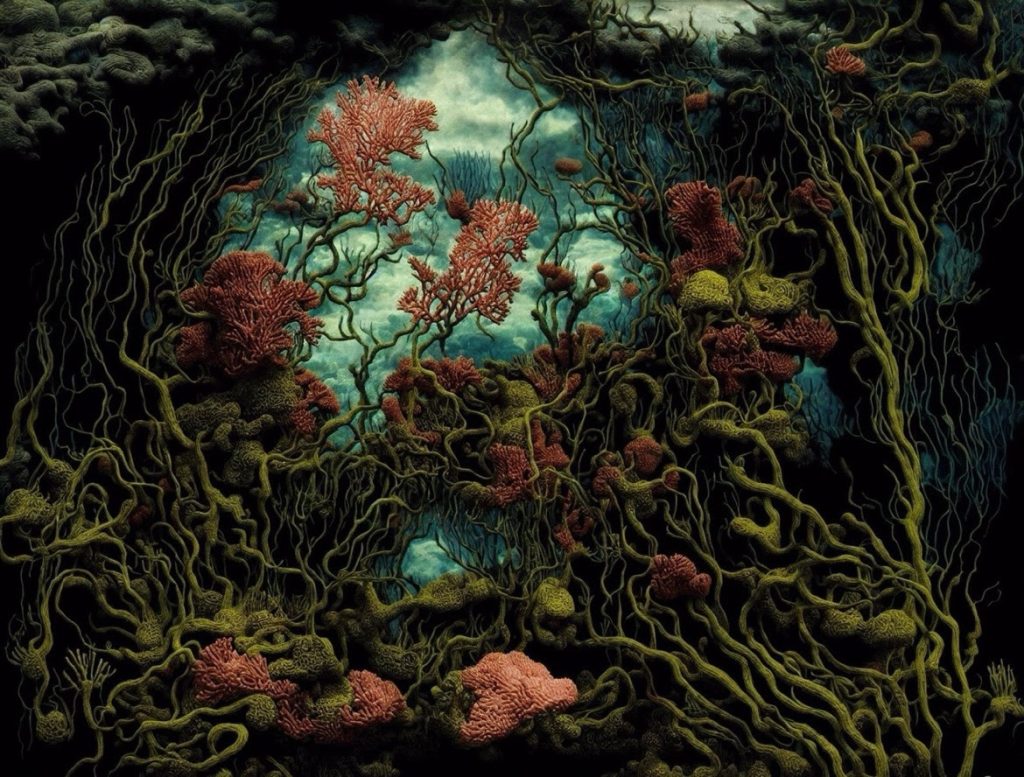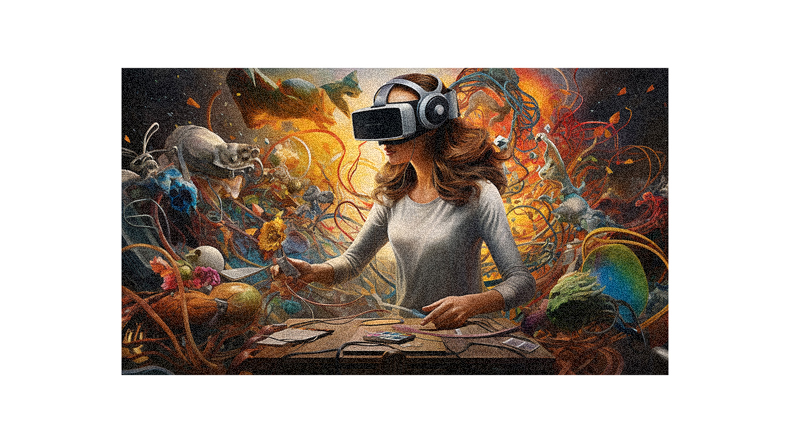
Transformative Impact of Digitalization
The rapid advancement of technology has significantly transformed the art landscape, leading to innovative new forms of expression while simultaneously reshaping the way art is created, shared, and experienced. Digital tools such as graphic tablets and sophisticated software have allowed artists to explore a range of techniques previously deemed impossible with traditional media[1][7]. This shift towards digitalization has resulted in an exciting fusion of contemporary and traditional artistic practices, providing artists with new platforms to present their work to a broader audience.

As accessibility to digital art tools increases, more aspiring artists can now engage in artistic creation without the financial and spatial limitations once imposed by traditional methods[3][4]. This democratization has encouraged diversity within the artistic community, which also challenges established notions of artistry by introducing fresh perspectives and identities[1]. The collaboration between artistic and technological fields has fostered a unique environment where innovation thrives, as artists experiment with, and incorporate, various digital elements into their works.
Interactivity and Audience Engagement
Technological advancements have not only changed how art is created but have also transformed the relationship between artists and their audience. The rise of social media platforms has revolutionized the promotion and distribution of art, enabling artists to share their creations with a global audience and facilitating real-time engagement with viewers[3][7]. Through platforms like Instagram and YouTube, artists can showcase their portfolios and behind-the-scenes processes, creating a direct line of communication that fosters community and feedback[1][7].
Moreover, artists are increasingly utilizing interactivity in their works, inviting audiences to participate in the artistic experience. This is manifested through immersive installations that blend art with technology, allowing viewers to engage with works in dynamic and meaningful ways[1][4]. Such interactive experiences not only enhance appreciation for the art but also encourage deeper dialogues surrounding the themes and concepts driving the creation, further enriching the artscape.
The Role of Artificial Intelligence

One of the most compelling intersections of art and technology in contemporary times is the role of artificial intelligence (AI). Artists like Jonathan Yeo, Von Wolfe, and Henry Hudson are exploring AI's potential to redefine creative boundaries and questioning its implications for artistic authenticity and ownership[2][5]. These artists integrate AI into their creative processes, producing works that challenge traditional conceptions of what constitutes art and authorship[2]. Hudson's work, for example, navigates questions of control and coherence in an increasingly digital landscape, prompting viewers to reflect on the influence of technology on human expression[5].
AI-generated art not only raises discussions about the nature of creativity but also showcases AI’s power to inspire new ideas, pushing artists to explore previously uncharted territories in their practice[6][7]. This dynamic relationship between artists and AI facilitates a contemporary resurgence in thought regarding the essence and originality of artistic expression, as traditional separations between human and machine creativity continue to blur.
Virtual Reality and New Perspectives

Virtual reality (VR) is another domain where technology profoundly impacts artistic practices. Artists are using VR to create fully immersive experiences that challenge the limitations of physical media[4][7]. This level of engagement enables audiences to step into the artwork, experiencing it from unique perspectives that enrich interpretation and connection[1][3].
Virtual and augmented reality technologies also invite viewers to interact with art in unprecedented ways, breaking down the barriers between the real and the imagined. Artists employing these technologies can push thematic boundaries, exploring narratives that resonate with contemporary issues and engaging audiences in transformative, participatory experiences[7]. The adoption of VR signifies a new frontier in art, suggesting that the future of art might revolve around digital interfaces that allow for greater exploration of human experience.
Commercial Implications and NFTs

The technological shift in the art world has also led to significant commercial developments, notably the advent of Non-Fungible Tokens (NFTs). NFTs offer a novel means for artists to monetize their digital creations, granting them control over the value and ownership of their art within a new digital economy[3][6]. This innovation has redefined art sales and ownership, establishing a platform where digital works can hold unique significance and value, independent of their traditional counterparts.
While the rise of NFTs introduces exciting opportunities for artists to engage in the digital marketplace, it also raises questions about originality and the environmental impacts associated with blockchain technology[3][6]. The discussion surrounding NFTs highlights an essential facet of the relationship between art and technology: that while technological advancements present new possibilities, they come alongside ethical considerations and challenges that the art community must navigate.
Conclusion
The relationship between art and technology is a dynamic and evolving narrative shaped by each advancement. As digital tools continue to influence artistic creation and dissemination, the art world increasingly embraces the infinite possibilities that these developments bring. Through the integration of AI, virtual reality, and more, artists are redefining their identities and engaging with audiences like never before, ensuring that the evolution of art remains a vibrant journey characterized by innovation and creativity in the digital age[1][2][7]. As this interplay deepens, it will be crucial to address the ethical and accessibility challenges that accompany technological progress, creating an inclusive and sustainable future for the arts.
Get more accurate answers with Super Pandi, upload files, personalized discovery feed, save searches and contribute to the PandiPedia.
Let's look at alternatives:
- Modify the query.
- Start a new thread.
- Remove sources (if manually added).